…while leaving the carcass and feathers intact! |
|
| Issue #79 • January/February, 2003 |
|
When I was 12 years old Grandpa would let me help him pluck whole chickens after we had dipped them in scalding hot water in a washtub. That was the way he sold whole chickens to stores with his family business.
One day I asked Grandpa, “Isn’t there an easier way to dress out a chicken?” He showed me a method with no need to pluck feathers and no smelly stench from a wet chicken. It’s just a fast, easy way to put meat on the table.
Things you will need
-
- A sharp knife, axe, meat cleaver, or machete for cutting off the head.
- Rope. Cut 3 or 4 pieces of ¼-inch rope 12 to 18 inches long. One is to tie the chicken’s legs together tightly before you cut the head off; otherwise you will have a headless chicken running about the yard. The other is to tie the chicken’s legs onto your hook on a tree or cart.
|
- A bowl. I use a stainless steel one but any large bowl or panwill do. Put your chicken in it once you cut it away from the carcass.
- A large bowl of water. Again I use a stainless steel one. It’s to keep my hands and knife clean while skinning the chickens.
- I use two sawhorses for a table base, over which I placed a sheet of ¾-inch plywood 24 x 48 inches. If you have a small folding table you could use it.
- A clean sheet of plastic or butcher’s paper big enough to cover your work table top. Tape it on or tuck it under the table top.
- I use my trusty cart, setting it up on end. The handle bar is just the right height for me to hang the chickens from and skin. I put a concrete block in it while I’m pulling the skin downward so the cart will not fall on me.
- A garden hose is handy to clean your knives and to pre-clean the chicken of any dirt or feathers before they are taken into the house for final cleaning and freezing preparation.
- A large black garbage bag with two twist ties that hold the garbage bag on the cart. Cut the garbage bag two-thirds of the way down so that anything you cut off while skinning, such as the feathers and carcass, goes into the bag (Figure 1).
The process
Now you are ready to butcher and skin the chicken.
|
Tie the chicken’s legs together and cut off its head. Then hang the chicken up by its legs (see Figure 2) with the breast of the chicken facing you. Make the first cut around the yellow part of the leg joint only deep enough to separate the skin, but not deep enough to cut the leg tendon.
Cut and pull down the skin from the leg, cutting just deep enough that the skin will come loose from around the meat. Pull the skin of the chicken down laterally to each side, all the time cutting away the other skin to reveal the leg meat that you will cut off later.
|
Continue to cut and pull the skin all the way down and backwards around the upper thigh. Continue to cut and pull the skin down around the breast and cut the wing loose at the first joint of the wing (Figure 3). Some people may want to continue to clean and cut around the feathers of the wing for the small tip of the wing bones, but for me there is so little meat it is not worth it.
It’s as easy as 1, 2, 3
Now we are ready to strip the skinned carcass (Figure 4).
First, cut the wings, or mini-drumsticks, off at the joint near the breast. By forcing them backwards and cutting as close to the breast and joint as possible, you will expose the wing joint and you can cut through and around it.
Next, cut the breast out. Lay your knife at an angle, starting the cut as close to the breastbone as possible.
|
Take your knife and stay close to the rib cage while cutting downward and backward in an arcing direction as shown in Figure 5. Repeat the process on the other breast.
You are ready to claim the legs and thighs all in one piece. If you want to separate them later you can do so. Go up to the ankle joint at about ¾ to 1 inch above the “leggin’s” (that’s what I call the scaly yellow part above the feet on the chicken), and cut through and around the joint so that each leggin’ and foot falls free. While holding the drumstick and thigh in the left hand, take your right hand and hold the carcass while at the same time pushing the thigh and drumstick backwards. This is like opening a set of French doors. You will both see and hear the thigh joint pop loose from the hip joint. Cut as close to the round point as possible (Figure 5).
To separate the thigh from the carcass, make the next and final cut at the back upper part of the thigh, just about 1½ to 2 inches next to the anus. You now have a complete thigh and drumstick.
Some folks might say that you are not getting all the meat, that you are leaving the two small bony pieces on the wing tip, the two little scraps of meat on the backbone, the liver, and the neck. I say if you like those parts, go for it.
|
100+ years in our family
With this method, I have butchered chickens for more than 40 years, just like my grandfather did for 60 years before me. I can remember that Grandma’s chicken fried in a cast iron skillet beat Col. Sanders by a mile.
Raising your own stock, whether it be young chicks to fryer size, rabbits, goats, or beef cattle can be a family affair. Children gain knowledge, learn responsibility, and the necessary basics of self-sufficiency.


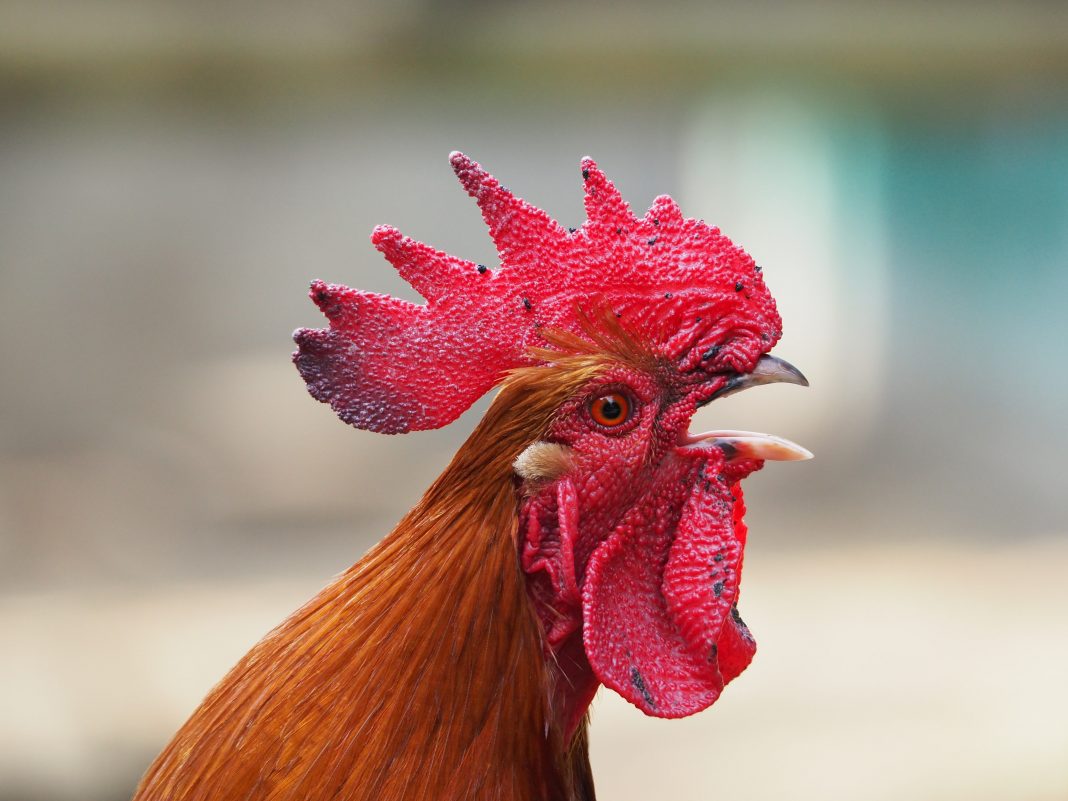






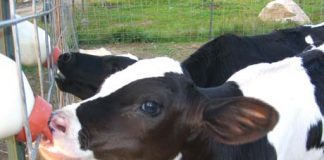
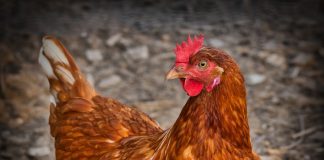





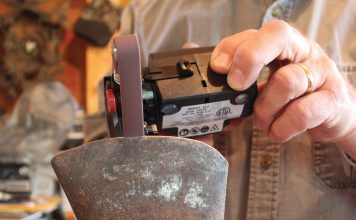
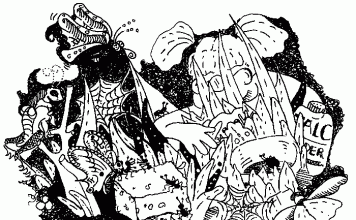
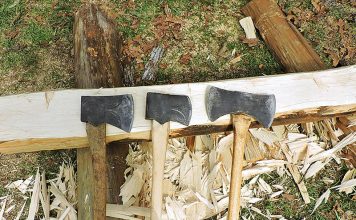
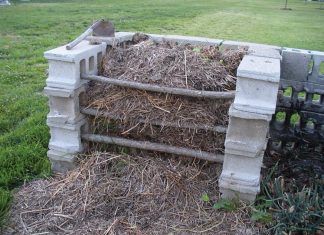
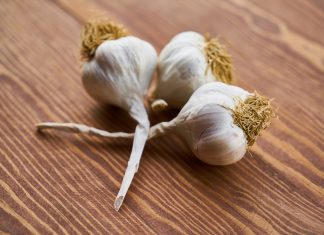
Good article, I’ve used this method not only for my chickens but I also do my wild game the same way .. grouse, turkeys, and waterfowl.. thanks for sharing.